Elizabeth Sklar
Exploiting Boundary Loss for the Hierarchical Panoptic Segmentation of Plants and Leaves
Dec 31, 2024



Abstract:Precision agriculture leverages data and machine learning so that farmers can monitor their crops and target interventions precisely. This enables the precision application of herbicide only to weeds, or the precision application of fertilizer only to undernourished crops, rather than to the entire field. The approach promises to maximize yields while minimizing resource use and harm to the surrounding environment. To this end, we propose a hierarchical panoptic segmentation method that simultaneously determines leaf count (as an identifier of plant growth)and locates weeds within an image. In particular, our approach aims to improve the segmentation of smaller instances like the leaves and weeds by incorporating focal loss and boundary loss. Not only does this result in competitive performance, achieving a PQ+ of 81.89 on the standard training set, but we also demonstrate we can improve leaf-counting accuracy with our method. The code is available at https://github.com/madeleinedarbyshire/HierarchicalMask2Former.
Multispectral Fine-Grained Classification of Blackgrass in Wheat and Barley Crops
May 03, 2024Abstract:As the burden of herbicide resistance grows and the environmental repercussions of excessive herbicide use become clear, new ways of managing weed populations are needed. This is particularly true for cereal crops, like wheat and barley, that are staple food crops and occupy a globally significant portion of agricultural land. Even small improvements in weed management practices across these major food crops worldwide would yield considerable benefits for both the environment and global food security. Blackgrass is a major grass weed which causes particular problems in cereal crops in north-west Europe, a major cereal production area, because it has high levels of of herbicide resistance and is well adapted to agronomic practice in this region. With the use of machine vision and multispectral imaging, we investigate the effectiveness of state-of-the-art methods to identify blackgrass in wheat and barley crops. As part of this work, we provide a large dataset with which we evaluate several key aspects of blackgrass weed recognition. Firstly, we determine the performance of different CNN and transformer-based architectures on images from unseen fields. Secondly, we demonstrate the role that different spectral bands have on the performance of weed classification. Lastly, we evaluate the role of dataset size in classification performance for each of the models trialled. We find that even with a fairly modest quantity of training data an accuracy of almost 90% can be achieved on images from unseen fields.
Computational Argumentation-based Chatbots: a Survey
Jan 07, 2024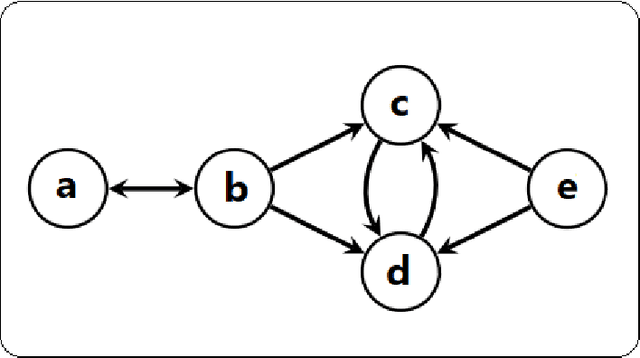

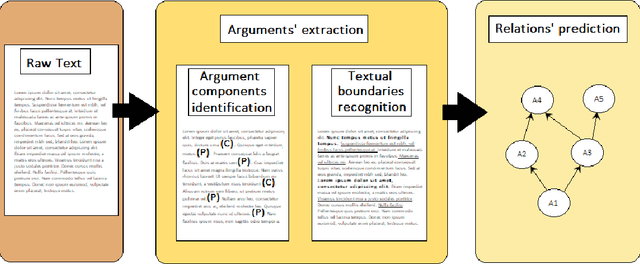

Abstract:Chatbots are conversational software applications designed to interact dialectically with users for a plethora of different purposes. Surprisingly, these colloquial agents have only recently been coupled with computational models of arguments (i.e. computational argumentation), whose aim is to formalise, in a machine-readable format, the ordinary exchange of information that characterises human communications. Chatbots may employ argumentation with different degrees and in a variety of manners. The present survey sifts through the literature to review papers concerning this kind of argumentation-based bot, drawing conclusions about the benefits and drawbacks that this approach entails in comparison with standard chatbots, while also envisaging possible future development and integration with the Transformer-based architecture and state-of-the-art Large Language models.
Hierarchical Mask2Former: Panoptic Segmentation of Crops, Weeds and Leaves
Oct 10, 2023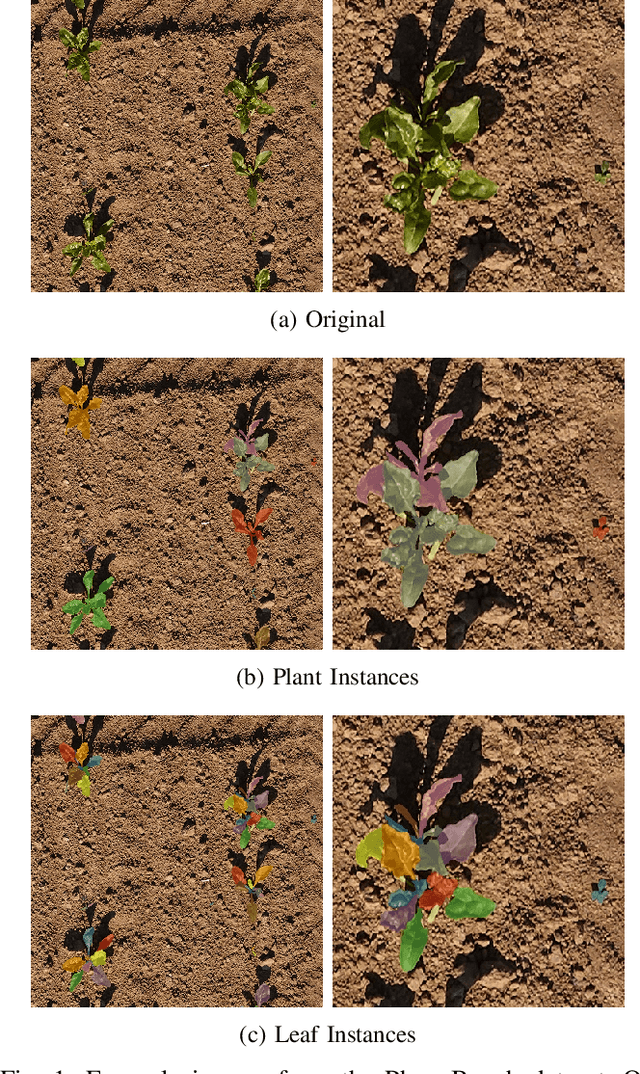
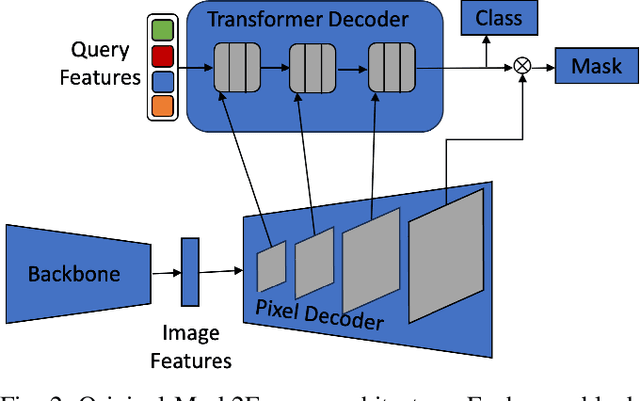
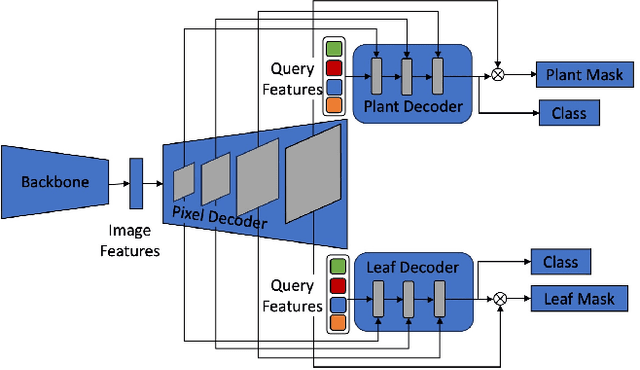
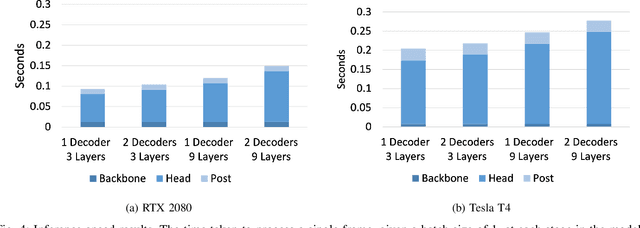
Abstract:Advancements in machine vision that enable detailed inferences to be made from images have the potential to transform many sectors including agriculture. Precision agriculture, where data analysis enables interventions to be precisely targeted, has many possible applications. Precision spraying, for example, can limit the application of herbicide only to weeds, or limit the application of fertiliser only to undernourished crops, instead of spraying the entire field. The approach promises to maximise yields, whilst minimising resource use and harms to the surrounding environment. To this end, we propose a hierarchical panoptic segmentation method to simultaneously identify indicators of plant growth and locate weeds within an image. We adapt Mask2Former, a state-of-the-art architecture for panoptic segmentation, to predict crop, weed and leaf masks. We achieve a PQ{\dag} of 75.99. Additionally, we explore approaches to make the architecture more compact and therefore more suitable for time and compute constrained applications. With our more compact architecture, inference is up to 60% faster and the reduction in PQ{\dag} is less than 1%.
Longitudinal Analysis of Discussion Topics in an Online Breast Cancer Community using Convolutional Neural Networks
Apr 07, 2016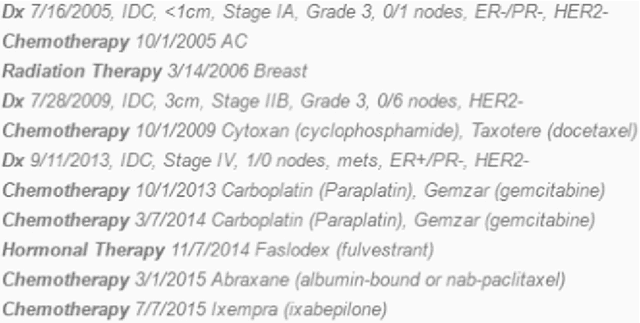
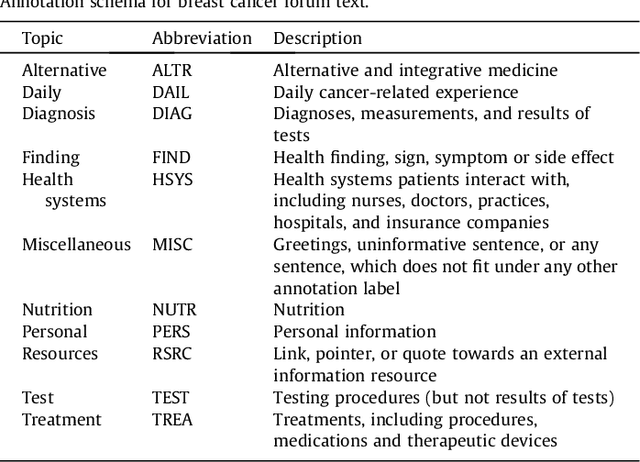

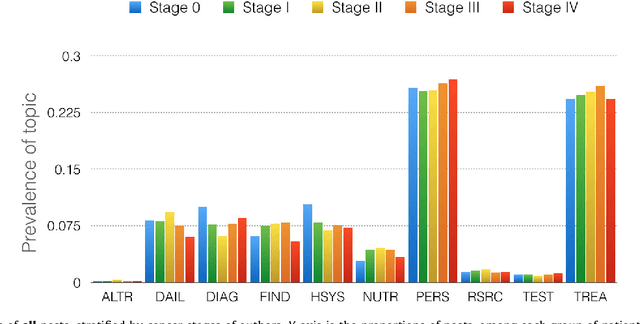
Abstract:Identifying topics of discussions in online health communities (OHC) is critical to various applications, but can be difficult because topics of OHC content are usually heterogeneous and domain-dependent. In this paper, we provide a multi-class schema, an annotated dataset, and supervised classifiers based on convolutional neural network (CNN) and other models for the task of classifying discussion topics. We apply the CNN classifier to the most popular breast cancer online community, and carry out a longitudinal analysis to show topic distributions and topic changes throughout members' participation. Our experimental results suggest that CNN outperforms other classifiers in the task of topic classification, and that certain trajectories can be detected with respect to topic changes.
 Add to Chrome
Add to Chrome Add to Firefox
Add to Firefox Add to Edge
Add to Edge